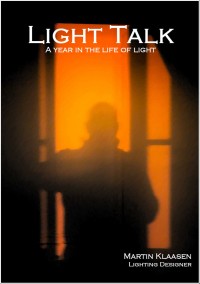Design for the “outback”
Perth, 26th February 2010
Just returned from a trip to “outback” Australia…well not really, but Kalgoorlie (a little town 500km east of Perth) is certainly not your example of a vibrant big city life and its outer suburbs are certainly close to “Australian outback” living. The famous and historical gold diggers town nowadays boosts a population of at least 30,000 people, a far cry from the more than 200 odd thousand that populated the area in hey days of the gold rush!
We are involved in the lighting of some of their sporting facilities and yesterday during the day and night we inspected the site for better understanding. I make it a point to always visit a prospective site (and similar for comparison if possible) at night to have a good feel of the night time situation.
Now it is pretty dark out there with the moon and stars out in force in the cloudless night. But there are other “things” out in force at night and these are things we often overlook in our design. I am talking about the insects (mosquito’s and other flying beasts…!) but also animals such as kangaroos, rabbits, bats, etc, etc…
Lighting attract insects certainly in warm climates… so for instance practicing on a driving range at night with flying insects around you is not really ideal! Standing near a pole where the floodlights attract and burn insects which subsequently rain down on you is less then pleasant. So we need to know which lights (wavelengths) attract less insects then others!
These are just the insects, but there are also the night “marsupials” that like putting their teeth in things like cables, ducts, wires, etc. Some “animals” (birds, spiders, et) like to find comfort and protection in little holes and niches that we may have in-avertedly created with our lighting installation.
Every corner of this earth has its own little creatures that react to light at night. The best lighting designs are not the ones that work well on paper but that work well with the reality of life!

 The long awaited book compilation of Martin's first year of blogging is available. Order now.
The long awaited book compilation of Martin's first year of blogging is available. Order now. Feedspot Top 100 Lighting Blogs
Feedspot Top 100 Lighting Blogs